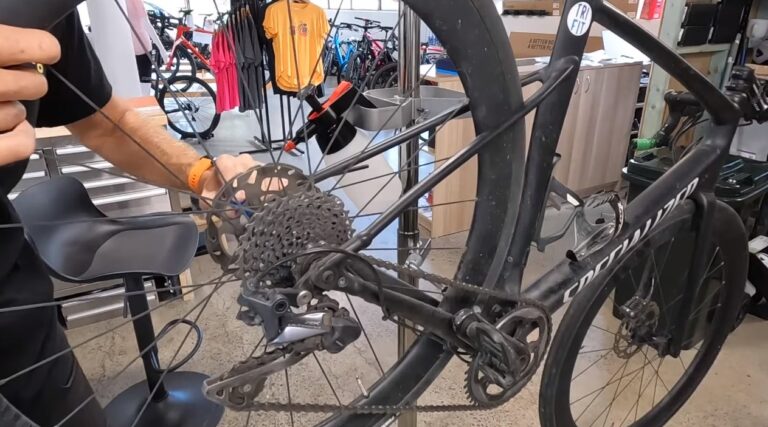With the recent popularity of gravel biking, many road cyclists are looking to convert road bike to gravel bike which is a new style of riding.
While it is possible to convert road bike to gravel bike, there are some important considerations to keep in mind.
What Is A Gravel Bike?
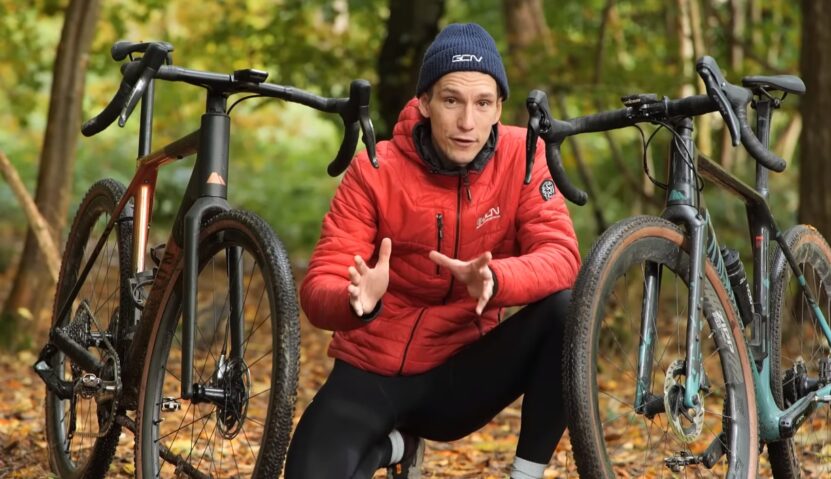
A gravel bike is a type of bicycle designed for riding on unpaved surfaces. Gravel bikes typically have wider tires than road bikes and are equipped with disc brakes for improved stopping power.
These bikes also tend to have a more relaxed geometry than road bikes, making them more comfortable to ride on rough terrain.
What Are Road Bikes?
Road bikes are designed for riding on pavement. They have narrow tires and aero handlebars to help you go fast on the road. Road bikes also have drop-style handlebars, which can be uncomfortable to hold onto for long periods of time on bumpy roads.
Why Convert My Road Bike To A Gravel Bike?
There are a few reasons why you might want to convert your road bike into a gravel bike.
First, if you live in an area with plenty of unpaved roads or trails, a gravel bike will allow you to explore these areas without having to worry about damaging your road bike.
Additionally, gravel bikes tend to be more comfortable to ride than road bikes, thanks to their relaxed geometry and wider tires.
Finally, if you are looking to do some racing, there are many gravel races that you can enter on a converted road bike.
Advantages To Convert Road Bike Into Gravel Bike
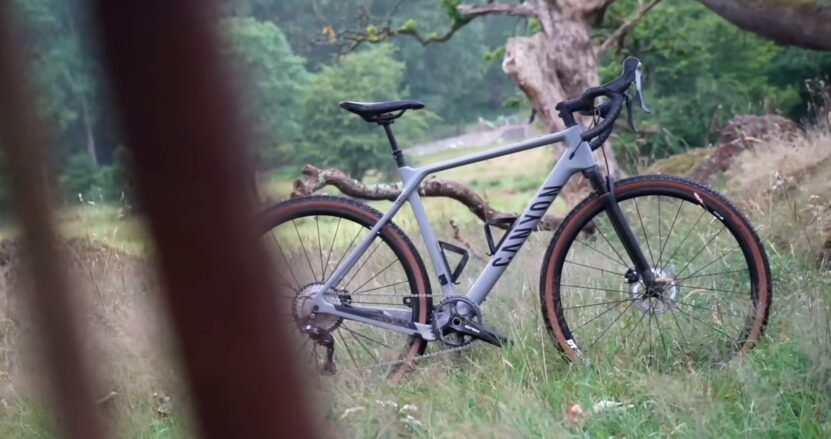
To make your road bike more versatile, consider converting it to a gravel bike. Gravel bikes are designed for riding on rough, unpaved roads, and they offer a number of advantages over traditional road bikes.
First, gravel bikes have wider tires than road bikes, which provides more stability and traction on loose or uneven surfaces. Additionally, gravel bikes often have lower gear ratios than road bikes, making it easier to pedal up steep hills or over rugged terrain.
Finally, gravel bikes typically have a more relaxed riding position than road bikes, which can be more comfortable on long rides. If you’re interested in converting your road bike to a gravel bike.
Convert Road Bike To Gravel Bike
To convert a Road bike to a gravel bike, there are a few things you will need to do.
First, you will need to purchase wider tires. Wider tires will provide you with more stability and traction on loose or uneven terrain. You may also want to invest in a new handlebar. A wider handlebar will give you more control over your bike and make it easier to steer on gravel roads.
Finally, you may want to consider purchasing a new seat. A seat that is specifically designed for gravel biking will provide you with more comfort on long rides.
Making the switch from a road bike to a gravel bike can be a great way to improve your riding experience. With a few simple changes, you can turn your road bike into a gravel bike that is perfect for exploring new terrain.
Just remember to purchase the necessary components and make sure your bike is able to accommodate the changes.
Once you have made the switch, you will be able to enjoy all the benefits that come with riding a gravel bike.
Gravel Bike Tyres
Tyres for gravel riding need to strike a balance between being tough enough to withstand the rough terrain, while still being lightweight and fast-rolling.
There are a few different types of gravel bike tires on the market, each with its own benefits and drawbacks. Here’s a quick overview of some of the most popular options:
1. Clincher tyres:
Clincher tyres are the most common type of tyre, and are used on both road and mountain bikes. They’re easy to change and repair, making them a good choice for gravel riding. However, they can be susceptible to punctures, so it’s worth carrying a spare inner tube.
2. Tubeless tyres:
Tubeless tyres are growing in popularity, and offer some advantages over clincher tyres. They’re airtight, so there’s no risk of puncturing, and they can be run at lower pressures without fear of pinch flats. However, they can be tricky to set up, and punctures can still happen if you ride over sharp objects.
3. Tubular tyres:
Tubular tyres are typically used by road racers, but are also popular with some gravel riders. They offer a smoother ride and lower rolling resistance, but are more expensive and difficult to change than other types of tyre.
4. Puncture-resistant Tyres:
Puncture-resistant tyres are a good choice for riders who want to minimize the risk of flats. They’re usually heavier and slower rolling than other types of tyre, but this is a trade-off that some riders are willing to make.
5. Wide Tyres:
Wide tyres are becoming increasingly popular in the gravel world, as they offer improved comfort and grip. However, they can be harder to fit into some frames and forks.
Gravel Bike Wheels
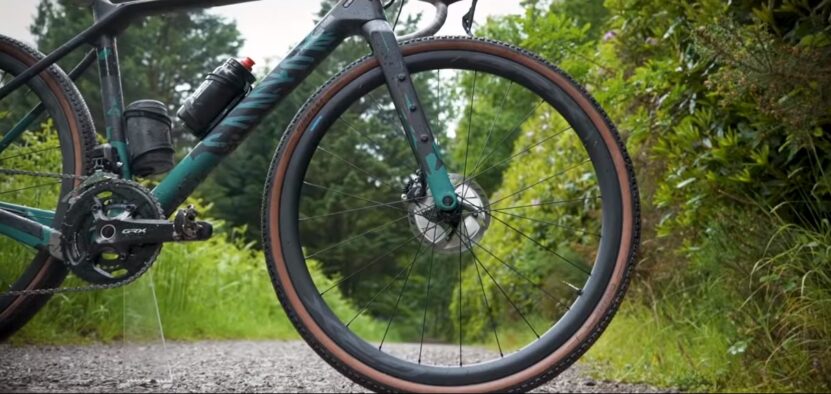
Gravel bike wheels are designed to offer the best possible performance on a variety of surfaces.
There are a few things to consider when choosing the right gravel bike wheels for your ride. Wheel size, rim width, and spoke count are all important factors that will affect both the performance and the look of your bike.
Wheel size is probably the most important factor to consider. Gravel bikes can come with either 650b or 700c wheels. 650b wheels are smaller and lighter, making them easier to accelerate.
They also provide a smoother ride on rough terrain. 700c wheels are stronger and can handle more weight, making them ideal for riders who want to carry extra gear.
Rim width is another important factor to consider. Wider rims offer better stability and grip, while narrower rims are lighter and easier to accelerate. Spoke count is also important, as more spokes will make your wheels stronger but also heavier.
Gravel Bike Wheels
When choosing gravel bike wheels, it’s important to consider the terrain you’ll be riding on. If you’ll be spending most of your time on smooth roads, then lighter and narrower wheels will be fine. However, if you’ll be riding on rough terrain or carrying extra weight, then you’ll need stronger and wider wheels.
Once you’ve decided on the right gravel bike wheels for your ride, it’s time to choose a set of tires. There are many different types of tires available, all with different tread patterns and sizes. The type of tire you choose will depend on the terrain you’ll be riding on and your personal preferences.
If you’re mostly riding on smooth roads, then road tires with a slick tread pattern will be fine. However, if you’ll be riding on rougher terrain, then you’ll need a tire with more grip. Mountain bike tires are a good choice for riders who want more grip and stability on rough terrain.
When it comes to tire size, wider is usually better for stability and comfort. However, if you’re mostly riding on smooth roads, then narrower tires will be fine. Just keep in mind that wider tires are heavier and can make your bike harder to accelerate.
Gravel Bike Gears
A gravel bike is designed to go fast on gravel roads. It has wider tires than a road bike, and often has a suspension fork to smooth out the ride. Some gravel bikes even have dropper posts, like mountain bikes, so you can lower your saddle for technical descents.
Gravel bike gears are generally similar to road bike gears, although there are some important differences. For one, gravel bikes usually have a wider range of gears, since you’re likely to encounter steeper hills on a gravel ride than on a road ride.
Additionally, many gravel bikes have 1x drivetrains, which means that they only have one chainring up front. This simplifies the drivetrain and can help prevent dropped chains, but it also limits your gearing options.
How To Choose The Right Gravel Bike Gears For Your Needs
When it comes to choosing gravel bike gears, there are a few different types to choose from. The most common type is the cassette. A cassette is a stack of gears that are attached to the rear wheel of your bike. The number of gears in a cassette depends on the number of teeth on each gear. The more teeth a gear has, the easier it is to pedal up hills.
Another type of gravel bike gear is the chainset. A chainset is a set of two chainrings that are attached to the crankset of your bike. The number of gears in a chainset depends on the number of teeth on each chainring. The more teeth a chainring has, the easier it is to pedal up hills.
The last type of gravel bike gear is the derailleur. A derailleur is a device that helps to keep your chain in place while you are riding. It is attached to the frame of your bike and consists of two pulleys that move the chain from one sprocket to another.
Gravel Bike Handlebar And Bar Tape
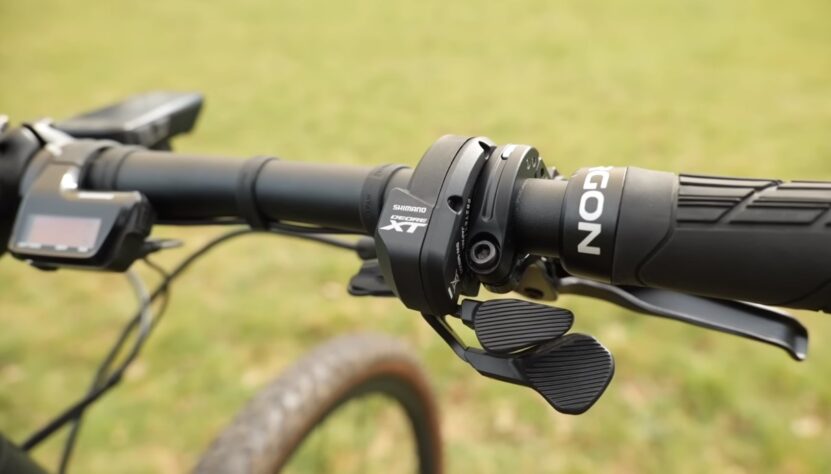
Gravel bike handlebars and bar tape are essential components of any gravel bike build. Handlebars provide the rider with a platform to grip the bike while riding, and bar tape helps to protect the bars from wear and tear.
There are many different styles of gravel bike handlebars available on the market, from flat bars to drop bars. Drop bars are the most popular choice for gravel riding, as they offer more positions for the rider to grip the bike, making it easier to control on rough terrain. Flat bars are also a popular choice for some riders, as they provide a more relaxed riding position.
Bar tape is available in a variety of colors and materials, from leather to cork. Leather bar tape is a popular choice for its classic look, while cork bar tape is favored by some riders for its vibration-damping properties.
Gravel Bike Pedals
Gravel bike pedals are designed to provide a balance of comfort and performance while riding on varied terrain. They typically have a wider platform than road bike pedals and more aggressive tread patterns to offer better grip and stability when pedaling through mud, sand, or other loose materials.
Many gravel bike pedals also feature sealed bearings to keep out dirt and debris, and some models even offer float adjustment to customize the feel of the pedal underfoot.
When choosing gravel bike pedals, it’s important to consider the type of riding you’ll be doing most often. If you plan on tackling mostly fire roads or smooth singletrack, then pedals with a lower profile and less aggressive tread pattern will likely suit you just fine.
However, if you frequently find yourself riding in mud, sand, or other loose terrains, then pedals with a wider platform and more aggressive tread pattern will offer better-pedaling performance.

